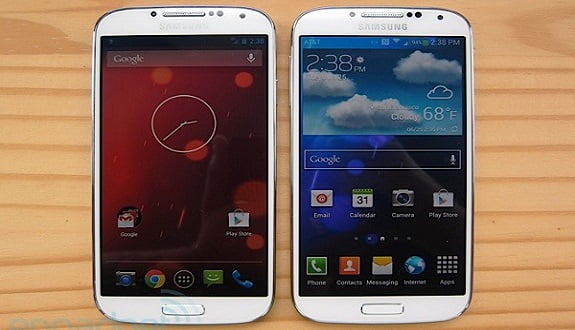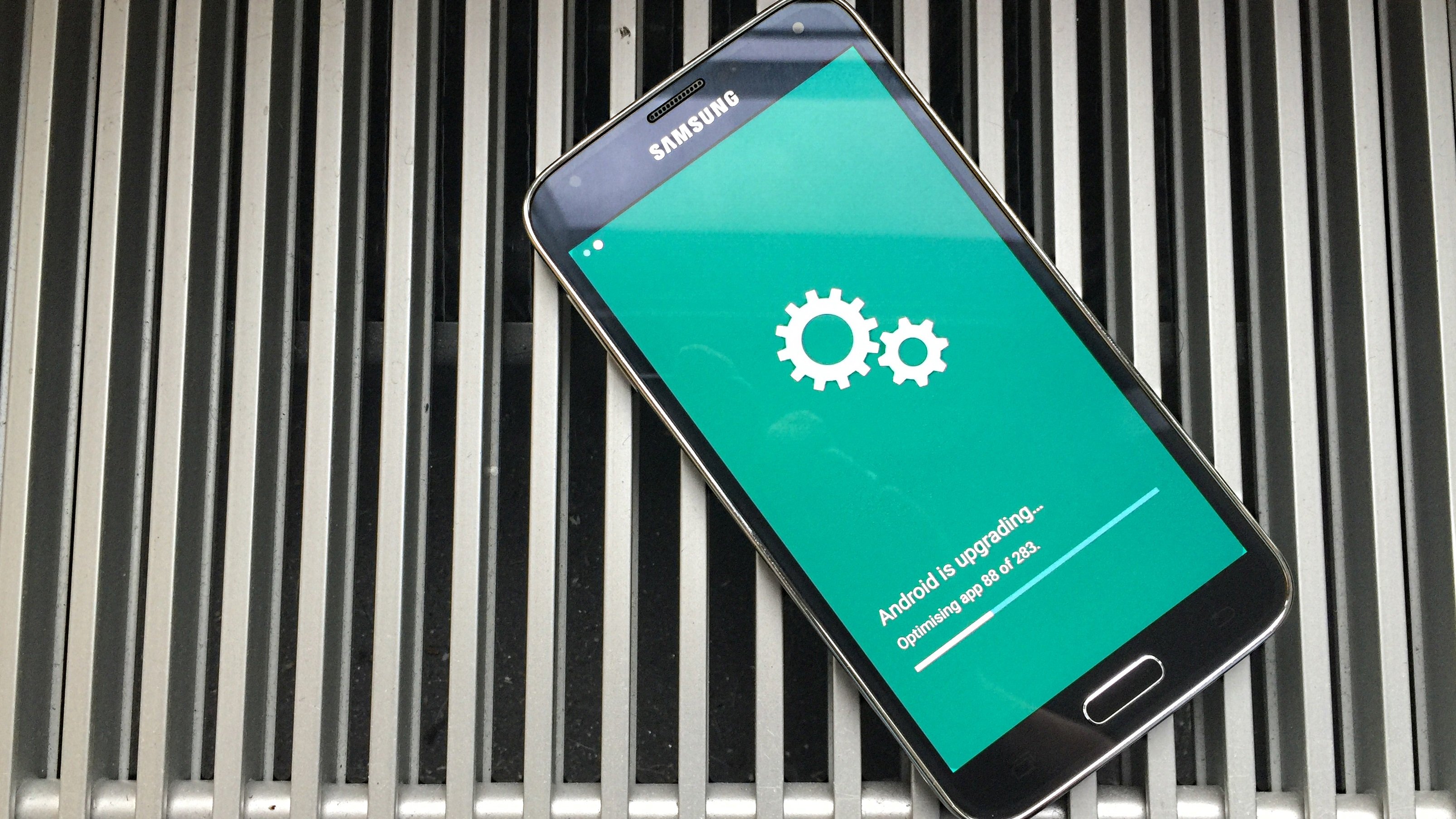Google Play Services Samsung Galaxy S5
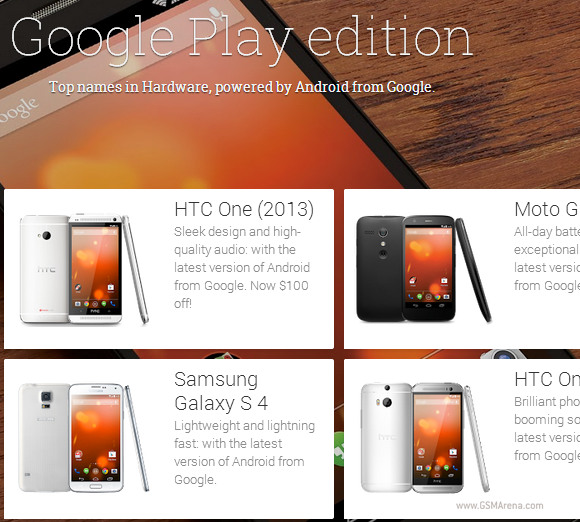
The specter of obsolescence looms large over millions who still rely on the once-flagship Samsung Galaxy S5. A critical component, Google Play Services, faces growing incompatibility issues, potentially rendering these devices increasingly unusable for modern applications. The situation underscores the often-overlooked lifecycle limitations of Android devices and the challenges faced by users clinging to older hardware.
This article delves into the ramifications of Google Play Services updates on the Samsung Galaxy S5, examining the technical constraints, user impact, and potential mitigation strategies. We will explore how this situation exemplifies the broader issues surrounding software support and the longevity of Android devices. Furthermore, we will analyze the perspectives of users, developers, and Google concerning this growing concern.
The Core of the Problem: Software Divergence
Google Play Services is a proprietary background service and API package that's vital for the functionality of many Android applications. It provides core functionalities like authentication, location services, push notifications, and access to Google's other services.
As Google Play Services evolves to support newer Android features and security protocols, older devices like the Galaxy S5 struggle to keep pace. The Galaxy S5, released in 2014, runs on Android 4.4.2 KitKat, which received its last official update to Android 6.0 Marshmallow.
The gap between the current Google Play Services version and the software capabilities of the Galaxy S5 is widening, causing compatibility problems.
Technical Constraints and Limitations
The Galaxy S5's aging hardware, including its processor and memory, presents a significant challenge. Newer Google Play Services versions are designed to run efficiently on modern hardware, placing a strain on the older Galaxy S5.
This strain leads to performance issues such as app crashes, slow loading times, and battery drain. Furthermore, security vulnerabilities in older Android versions can be exploited by malicious actors.
These limitations are amplified by the lack of official security updates from Samsung, making the devices even more susceptible.
Impact on Users: A Growing Frustration
Users of the Samsung Galaxy S5 are increasingly reporting issues with apps that rely on Google Play Services. Apps may fail to install, crash frequently, or exhibit limited functionality.
This situation particularly affects essential apps such as Gmail, YouTube, and Google Maps. Some users are finding themselves locked out of services they rely on daily.
"My Galaxy S5 used to be my reliable backup phone, but now it struggles to even run basic apps. It's incredibly frustrating," said one user on a popular Android forum.
The Developer Dilemma
Developers face a tough decision: should they continue to support older Android versions and devices, or focus on newer platforms with a larger user base?
Maintaining compatibility with older devices requires significant resources and can hinder the adoption of new features. Many developers are choosing to drop support for older Android versions to streamline their development efforts.
This decision, while understandable from a business perspective, leaves users of older devices in a difficult position.
Potential Mitigation Strategies and Future Outlook
While the situation is challenging, there are some potential mitigation strategies for Galaxy S5 users. One option is to install a custom ROM based on a newer version of Android.
Custom ROMs can breathe new life into older devices by providing access to updated software and security patches. However, installing a custom ROM requires technical expertise and can void the device's warranty.
Another option is to explore alternative apps that are less reliant on Google Play Services or are optimized for older devices. However, these alternatives may not offer the same level of functionality or features.
The Path Forward: A Balancing Act
The future of the Samsung Galaxy S5 hinges on a delicate balance between software development, hardware limitations, and user expectations. As Google Play Services continues to evolve, maintaining compatibility with older devices will become increasingly difficult.
Users may eventually be forced to upgrade to newer devices to access the latest apps and services. This situation highlights the need for greater transparency from manufacturers regarding software support lifecycles.
Ultimately, the story of the Samsung Galaxy S5 and Google Play Services serves as a reminder of the transient nature of technology and the importance of planning for the inevitable obsolescence of our devices. The industry needs to provide longer support for its device, since they end up in landfills.
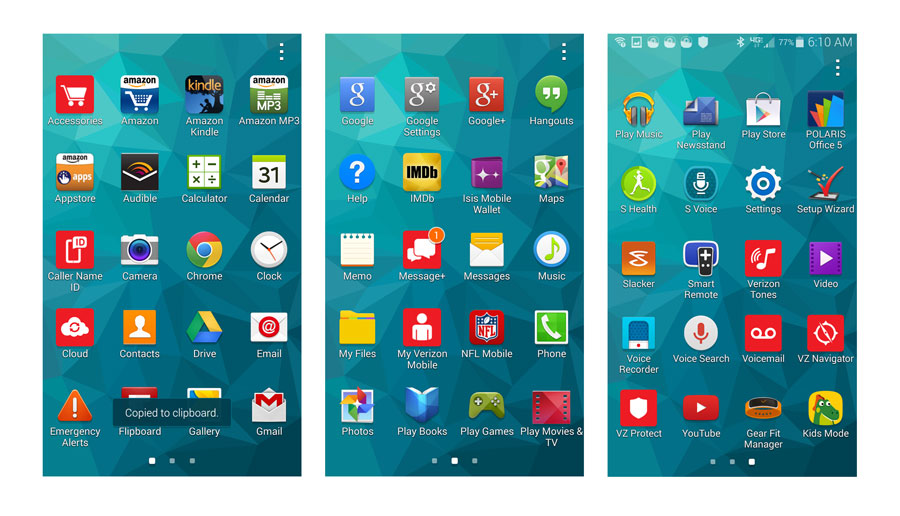
![Google Play Services Samsung Galaxy S5 [Galaxy S5 App Downloads]: How to Download Google Play Store Apps to](https://i.ytimg.com/vi/KXoqssvwM7c/maxresdefault.jpg)


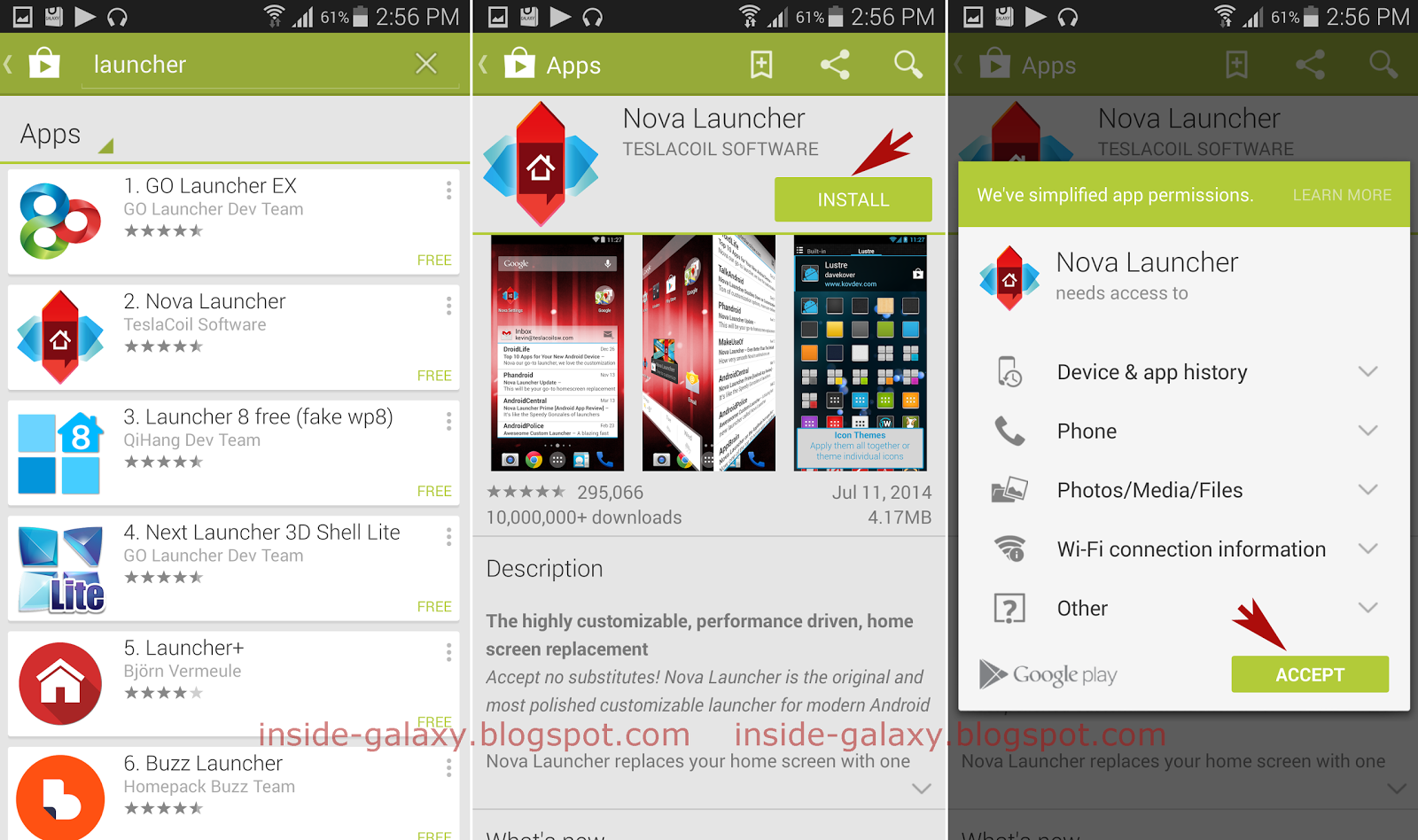

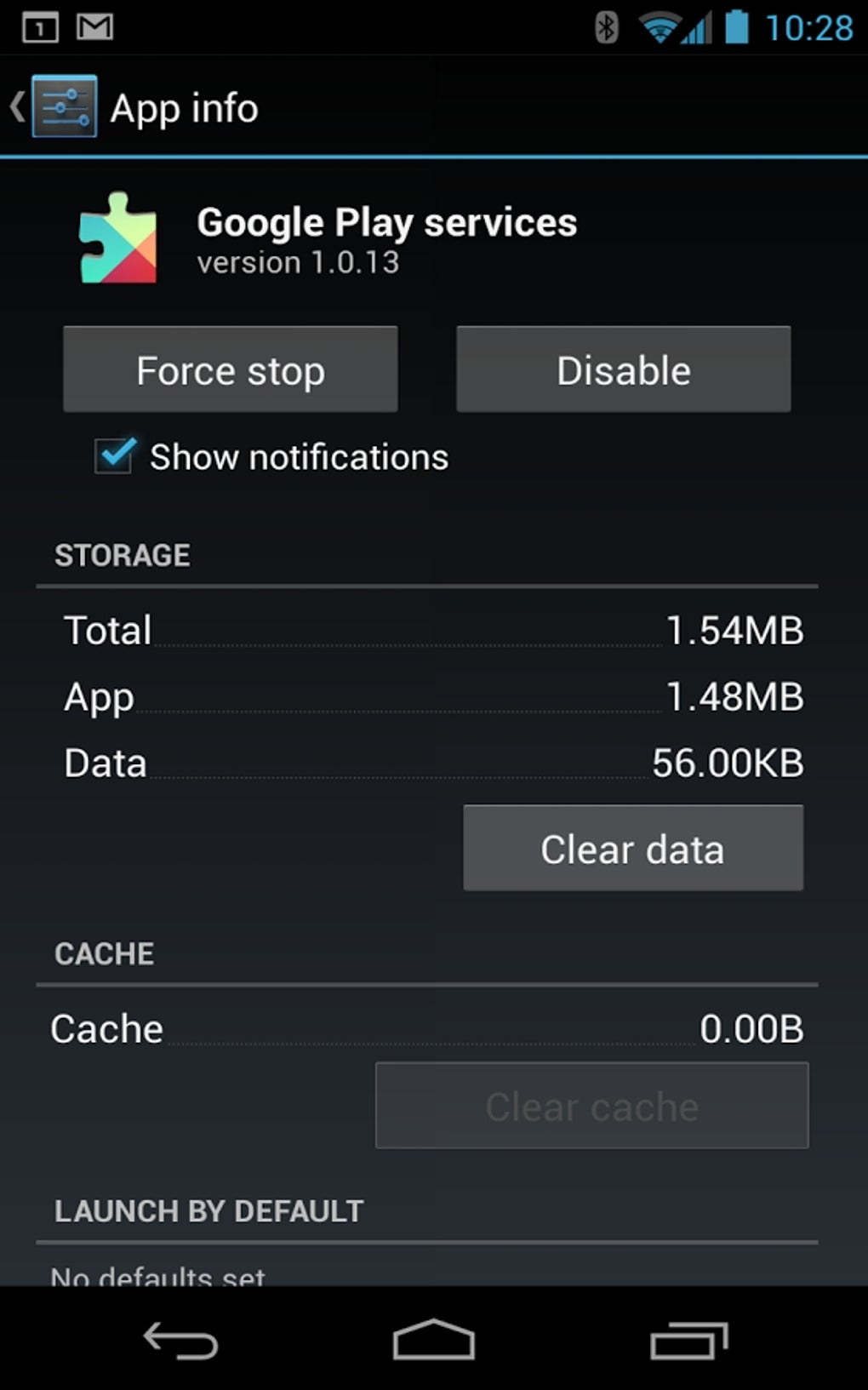

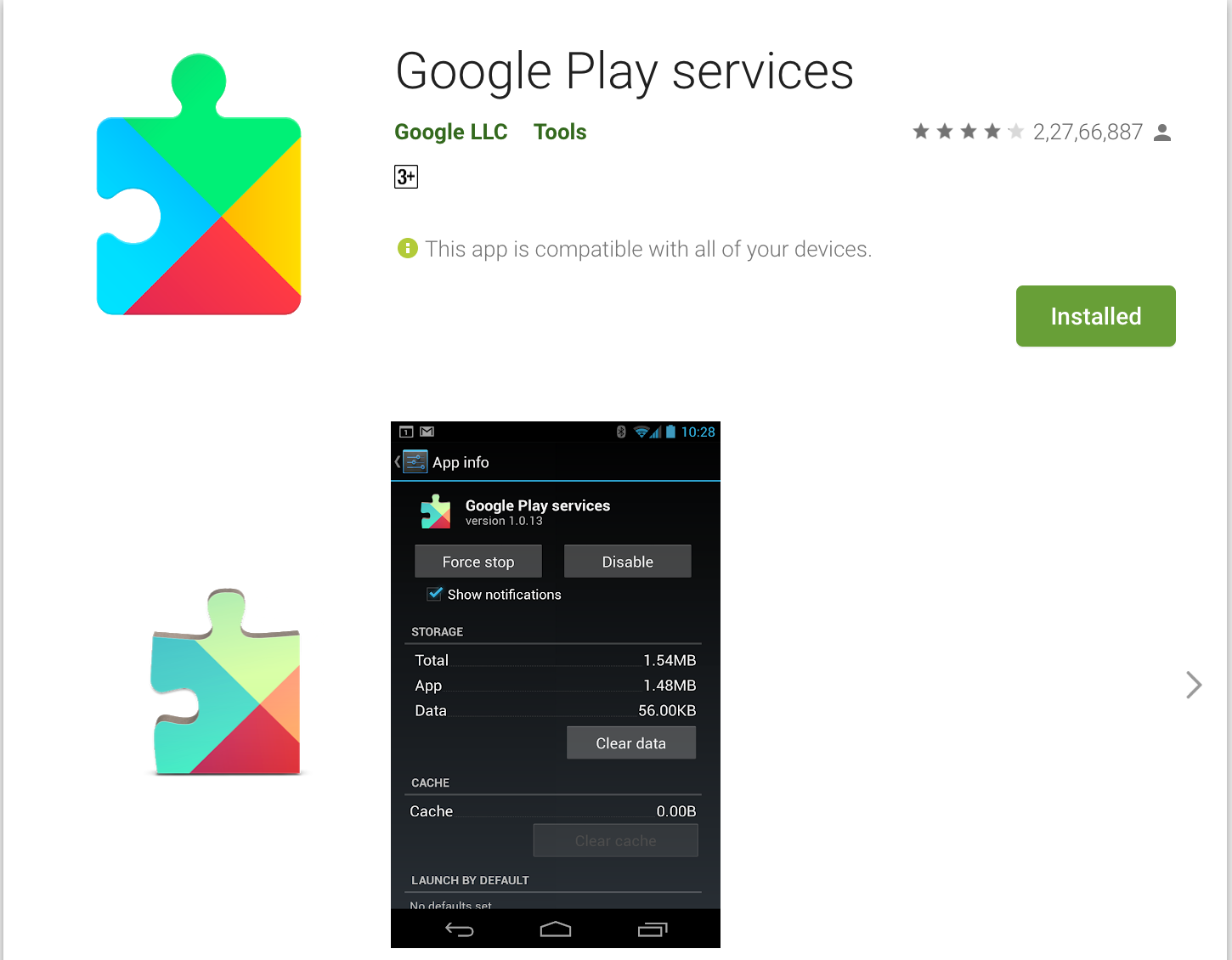

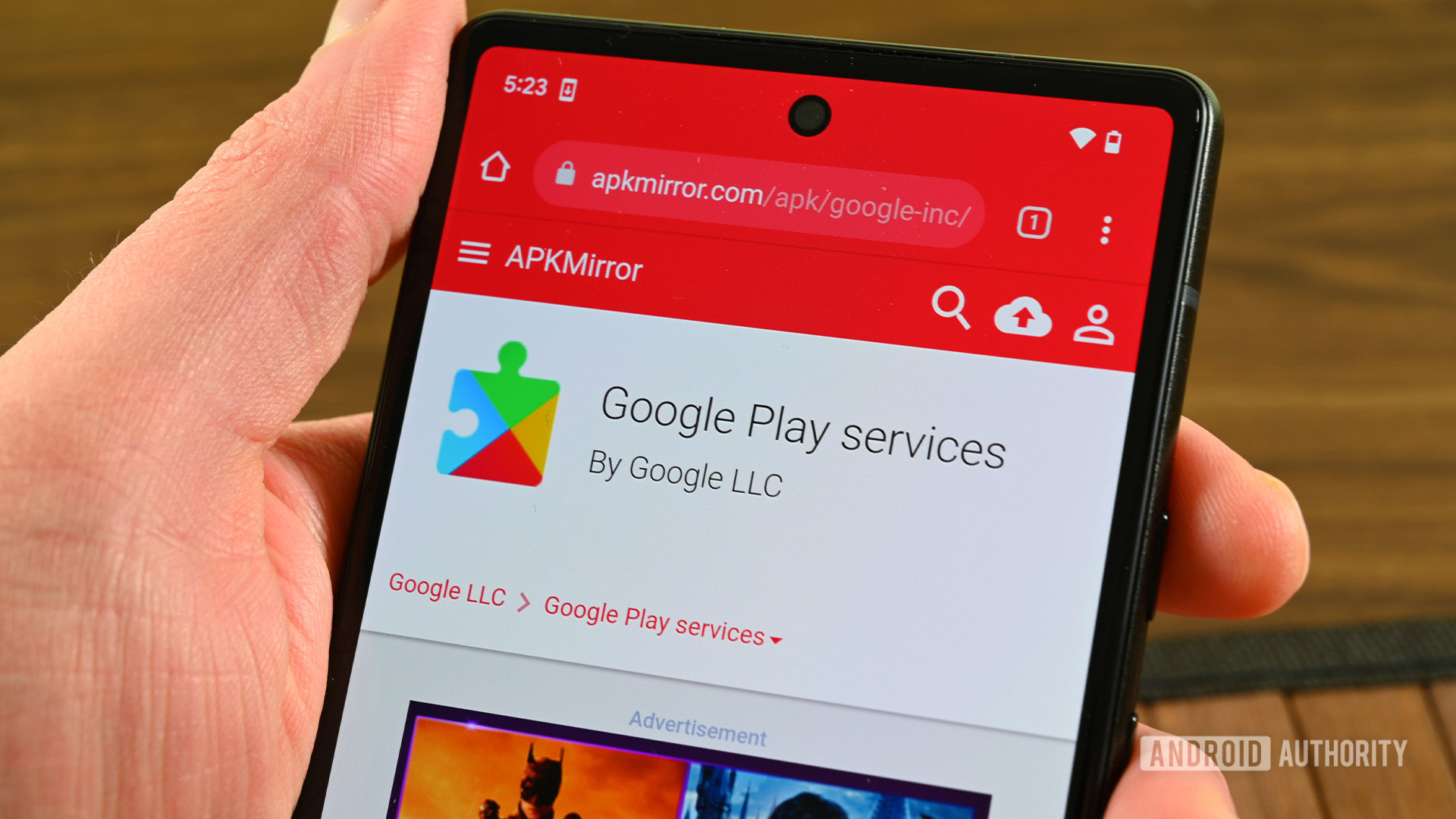
:max_bytes(150000):strip_icc()/google-play-services-app-5abf295718ba010036aad0e8.jpg)

